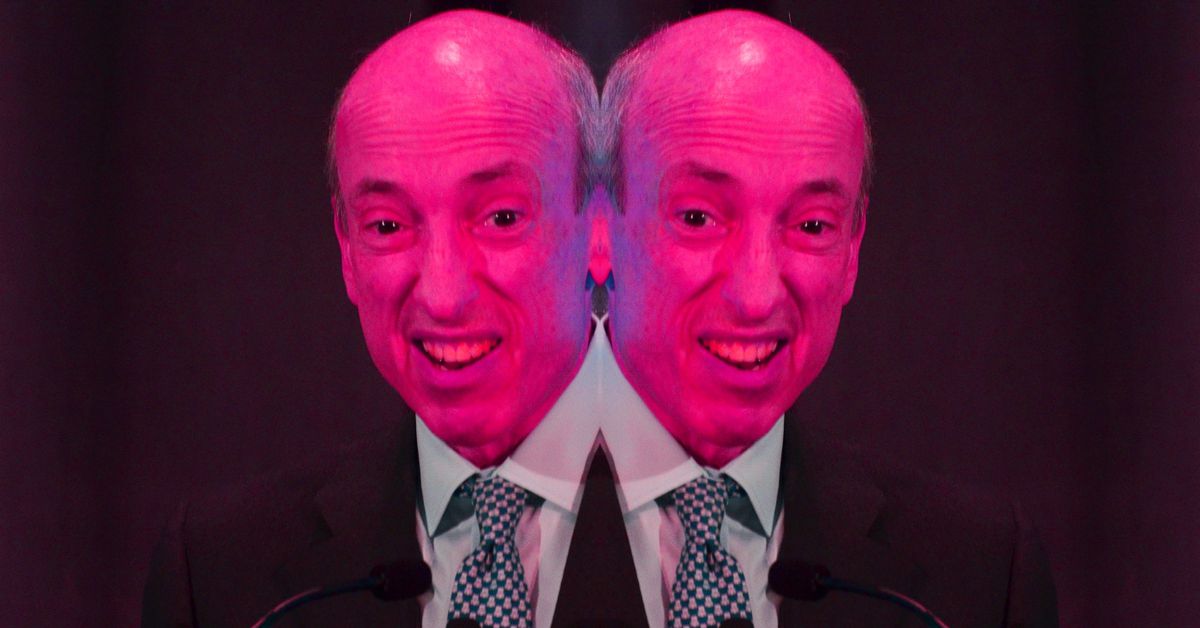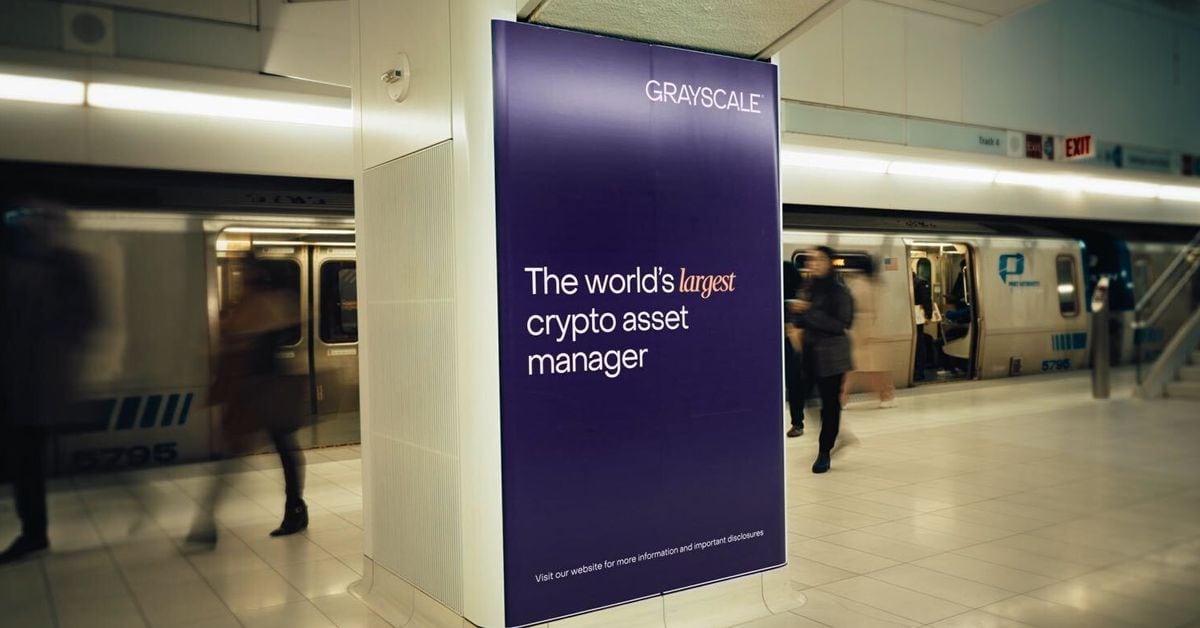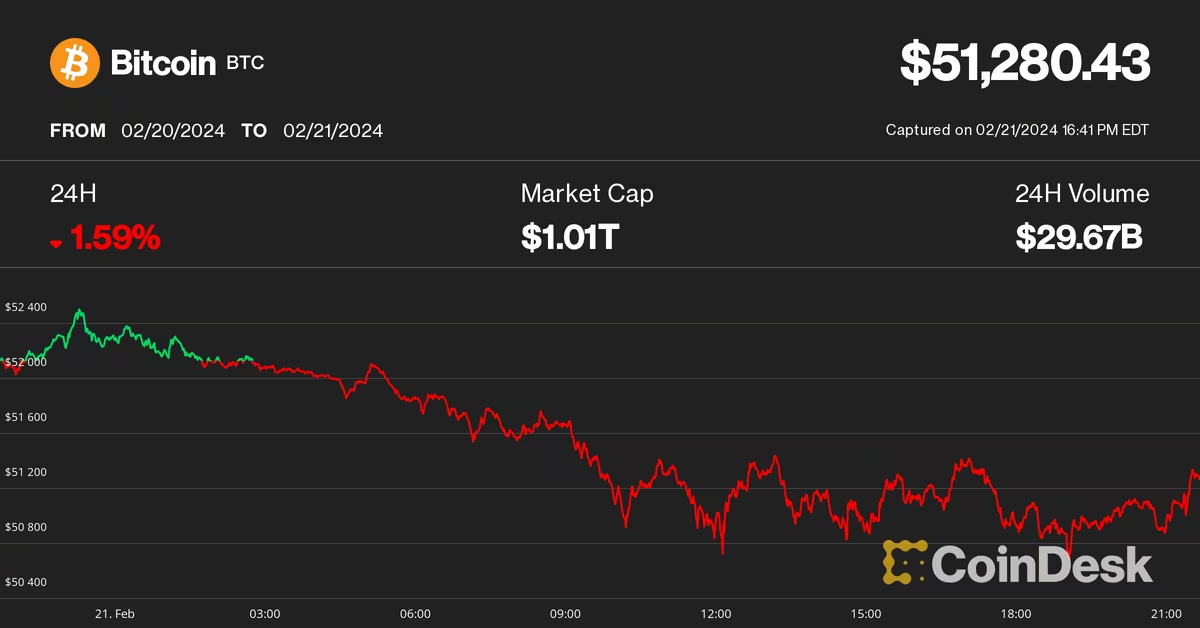In-depth analysis of BTC positions and price changes in the three major trading time zones of Asia, Europe, and the United States, and the short-term opportunities they bring.
Exploring BTC Trading Patterns An In-Depth Analysis of Positioning and Price Fluctuations Across Asia, Europe, and the United States to Uncover Short-Term Trading ProspectsAuthor: Phyrex, Crypto Observer Source: X@Phyrex_Ni
In-depth analysis of BTC positions and price changes in the three major trading time zones in Asia, Europe, and the United States, as well as the short-term opportunities they bring. The full article is over 5,000 words long.
Yesterday, we analyzed the peak times of fund usage to determine the time zone distribution of investors. The results showed that the largest amount of USDT is used in the European time zone, followed by the Asian time zone, and finally the American time zone. As for USDC, it is most frequently used in the American time zone, followed by the European time zone, and finally the Asian time zone. Based on this data, we can also infer that when the market cap of USDT increases, it indicates that European and Asian investors have a more positive view of the market. On the other hand, when the market cap of USDC increases, it means that more funds are being invested by American investors in the market. Today, let’s take a closer look at the changes in BTC positions and prices in these three major time zones. This will help many short-term traders increase their potential profits.
First of all, we know that recently, the market cap of USDT has been increasing significantly, with an average weekly increase of over $1 billion in the past three weeks. This influx of funds has also driven the overall market sentiment and price up. This is why I have been recommending to pay attention to fund movements since 2021, as understanding the market sentiment through funds is essential. Moreover, only with more external funds entering the market can the existing funds be leveraged. The scale of fund injections is now comparable to that of the first quarter of 2023, and we all know that during the first quarter, BTC broke through the low point of $16,000 and surged to over $26,000, marking the first upward movement in the bear market. Whether it signifies the start of a bull market is another story, but with more funds flowing in, it will inevitably ignite another market rally.
- An in-depth analysis of blockchain gaming Is it a bubble or a new revolution?
- Flostream Project Analysis Innovative Decentralized Storage and Content Distribution Solution
- Exclusive Interview with ZetaChain Innovative Interoperability Model, Achieving Free Flow of Assets across the Entire Chain

Going back to the main topic, since we know that USDT is leading this wave, let’s start with the European main trading time zone, which is from 3 pm to 3 am Beijing time the next day. From the data, it is evident that European investors have shown signs of reducing BTC holdings after entering October, and this reduction does not seem to have stopped. In the European main trading time, European investors are mainly selling BTC. If we extend the timeline and look at historical data, we can see that the highest BTC holdings by European investors were on June 28, 2018. After that, European investors have been mainly reducing their holdings, and there is an almost inverse relationship between the changes in European investors’ holdings and BTC prices, except for the second half of 2021.
In other words, when BTC prices go from low to high, it is generally the period when European investors are reducing their holdings. On the other hand, when BTC falls to a temporary low and starts to rebound, we can see a strong interest from European investors to increase their holdings. Looking at data from the past three years, starting from August 1, 2021, when BTC rebounded to $40,000, European investors began a long journey of bottom fishing. Even when BTC reached a historical high of $69,000, there were no signs of European investors reducing their holdings. Even during the collapse of Luna and the closure of FTX, we can clearly see that European investors have consistently increased their BTC holdings.
This phenomenon continued until April 2023, which is when BTC’s price first rose to $30,000 in 2023, after which it stagnated. The trend of aggressive accumulation did not continue, but there was no apparent sign of reduction either. Only during the period from July to October 2023 did European investors show a tendency to reduce their holdings, but it was still not significant enough. However, from October 16th, the day of the BTC spot ETF incident, European investors started reducing their holdings, and they have continued to do so until now. So, we can see that during the most bearish phase of the entire bear market, European investors were constantly buying. From the perspective of the holding structure, European investors had both the highest historical position and the lowest position after 2021. Previously, European investors were the “friends” who prevented the price from falling, but now they have become the “enemies” that influence price increases.
Of course, because this time period also includes a part of the Asia and US main trading time zones, which is from 8 AM to 8 PM Beijing time as the main trading time zone for Asia. So, we can see that from 3 PM to 8 PM Beijing time, these five hours overlap between the main trading time zones of Asia and Europe, while the main trading time for the US is from 9 PM to 9 AM the next day in Beijing time, among which from 9 PM to 3 AM Beijing time, these six hours overlap between the main trading time zones of Europe and the US. However, the overlap between the main trading time zones of the US and Asia is very limited, only one hour from 8 AM to 9 AM. Therefore, we still need to compare with other data to determine a more conclusive conclusion, but we’ll talk about this later. Now let’s continue to look at the data.

After we have seen the changes in BTC holdings in the main trading time zone of Europe, let’s look at another group of investors in the active USDT time zone, Asian investors. Based on the trend, Asian investors did not engage in significant reduction like European investors, but currently there is not a noticeable trend of accumulation, only a relatively stable oscillation with a slight reduction. This data is very similar to one of our previous conclusions. When we expand the timeframe to all the available historical data, we can see that in the main trading time zones of Asia, the percentage of BTC held by investors has not changed significantly since 2011, and compared to European investors, Asian investors are more pragmatic. Starting from early 2020, when BTC rebounded from $3,500 to $10,000, Asian investors began reducing their BTC holdings.
The trend of reduction continued until April 2021, when BTC broke through $65,000, at which point the trend of reduction began to end. Although there were signs of accumulation, it was not as apparent as with European investors. It can be said that during the period from $65,000 to $69,000 in early November, the BTC positions of Asian investors hardly changed. Only on January 1, 2021, when BTC first dropped below $45,000, did Asian investors gradually show a trend of accumulation. Looking at the data from the past three years, we can find that during the rebound from January to April 2022, it was the most intensive period of BTC accumulation for Asian investors. If I remember correctly, at that time, there was a popular saying that interest rate hikes would not affect the market and that there would be a push for $100,000 after BTC’s correction, which should also be the climax of PlanB’s predictions.
Although there has been a trend of increasing BTC holdings after April 2021, it is not considered strong, unlike European investors who have a relentless trend. However, the positive aspect is that there is a consistent upward trend in holdings until mid-November. On the other hand, European investors entered the trend of reducing holdings a month and a half earlier. This also indicates that Asian investors, compared to European investors, have a stronger belief in the effects brought by Bitcoin spot ETFs. However, this optimism has been fading as there is less information about spot ETFs, and the decision-making time is gradually leaning towards 2024. To put it more clearly, Asian investors are more strongly influenced by news compared to European investors. Once European investors realized that BTC spot ETF could not be realized in the short term, they started a frenzy of selling and exiting, especially during periods of positive news. On the other hand, Asian investors followed the expected trend and started the exit trend only after November 17, when there was no information during the so-called window period. As we mentioned earlier, there is a significant overlap between the trading hours of Asia and Europe, but the overlap between Asia and the United States is only one hour. Therefore, from the positioning data of Asian investors, we can basically determine that European investors did not have a positive view of BTC in the short term during this market movement. They primarily sold their BTC starting from the black swan event. On the other hand, Asian investors were more willing to believe in short-term success and only showed signs of exiting after the news was shattered. However, looking at it from a price perspective, Asian investors made higher profits than European investors during this phase.
To explain in more detail, although a large amount of USDT has been entering the market in the past three weeks, this amount of money being used to buy BTC is not significant enough to offset the amount of selling. Therefore, the increase in USDT market cap after November 17 is not primarily used to buy BTC, but rather more for purchasing altcoins (we can’t cover ETH today, but we’ll write about it tomorrow). There is also a considerable portion of BTC holders among European and Asian investors who do not have a positive view of BTC’s future trend and do not believe that BTC spot ETF will be approved in the short term, especially considering that both European and Asian investors are price followers. Particularly, Asian investors are more focused on immediate profits, which also indicates that European investors are more decisive while Asian investors are more practical.
This is not just a casual observation. If we further examine the changes in BTC prices during the trading hours of Europe and Asia, it is evident that after October, even though we know that BTC entered an upward phase, rising from $26,000 to $38,000, the increase during the trading hours of Europe was very low. The peak increase was only around $1,000, and there were hardly any daily increases of over $1,050. This is consistent with what we observed earlier, that European investors accelerated their exits after the black swan event, which means that investors in the European trading hours primarily sold BTC.
But looking at it now, although there is still heavy selling pressure in the main trading time zone in Europe, the price can still maintain a growing trend. This is definitely influenced by the time of the main players in Asia or the United States. Because there is a five-hour overlap between the main trading time zone in Europe and Asia, and a six-hour overlap with the United States. So let’s continue to look at the changes in BTC prices in the main trading time zone in Asia. The Asian time is basically clear. Even though European investors started to exit in October, Asian investors still maintained a trend of increasing holdings. Therefore, it can be clearly seen that after entering October, including before mid-November, there was a rapid growth in BTC prices in the main trading time zone in Asia, with an average increase of over $4,000 during the peak of two months.
But this increase ended after the window on November 17, because the earliest final approval date after November 17 is January 10, with nearly two months in between. So it can be clearly seen that as Asian investors started to reduce their holdings of BTC, the growth rate of BTC prices in the main trading time zone in Asia plummeted. Especially in the past two days, the price of BTC in the main trading time zone in Asia did not rise, but instead fell. Therefore, we can draw a temporary conclusion that with the reduction of holdings by Asian and European investors, the price of BTC in these two main trading time zones is more likely to fall than rise, especially during the period from 8 a.m. to 3 p.m. Beijing time, which is relatively the lowest price period of the day.

Now let’s look back at the main trading time zone in the United States. From the beginning of 2023 until June 2023, U.S. investors mainly reduced their holdings of BTC. It was not until June 10 that there were obvious signs of increasing holdings, and it’s quite interesting. We all know that on June 17, news about BlackRock’s application for BTC spot ETF was announced. And a week before this time, U.S. investors were mainly reducing their holdings, but from the week before BlackRock announced the information, it can be clearly seen that there was a significant increase in holdings, and it was also the period when BTC prices were relatively at their lowest. This substantial increase continued until July 16, when the impact of BlackRock’s information gradually eased and BTC dropped below $30,000 again. It can be clearly understood that U.S. investors have great enthusiasm for spot ETFs, which has almost reversed investors’ sentiment towards holding BTC.
After July, as information about BTC spot ETF gradually decreased, U.S. investors also turned from increasing holdings to reducing holdings. From this perspective, U.S. investors are clearer than European and Asian investors, and they know better that the possibility of being approved in the short term is not high. This reversal also started again from the “accidental day” on October 16. With the spread of more FOMO news, U.S. investors started to heavily increase their holdings of BTC for the second time, and it hasn’t weakened until now. As mentioned earlier, Asian investors are more seriously affected by the news, but it seems that U.S. investors are more seriously affected by the consumption side. Asian investors started to reduce their holdings after the window day on November 17, but U.S. investors completely ignored it, which may also be related to the fact that all the news is coming from U.S. channels.
Similarly, when we extend the time frame to historical data, compared to European and Asian investors, American investors are more practical. They were heavily buying until around $65,000 in 2021. However, after reaching $65,000, they started selling relentlessly. Even when there were rumors of the approval of BTC futures ETF by the US, American investors showed no signs of buying back. It can be said that American investors sold from $65,000 to $69,000, and apart from Christmas, they continued selling until before the application by BlackRock. They hardly looked back during this period. Therefore, it can be said that American investors were the group of people who believed the least in BTC’s strong rebound before the application for BTC spot ETF and it can even be said that the entire bear market was built on the basis of Americans selling and Europeans and Asians increasing their holdings.
Only starting from the application of the ETF by BlackRock did the mindset of American investors change from selling to buying. This is the biggest change brought about by the BTC spot ETF on a macro level. It is from this day that American investors began the full transition from selling to buying. From the “oops day” on October 16th, there has been a change in the identities of American investors and Asian and European investors. This change is also evident from the trend of BTC prices. After the “oops day”, the price of BTC has been on a rising trend during the main trading hours in the United States, and it continues until today. Moreover, the duration of the price increase in the US main trading hours is longer than in the European main trading hours, and the peak value is higher than the peak value during the European main trading hours. Similarly, compared to the Asian main trading hours, although there is a slight delay in entering the upward trend, the peak value reaches an average increase of $5,000, and there is no sign of significant weakening up until now.

It’s not over yet. If we consider the BTC trading volume on major exchanges like Binance, Coinbase, and OKX, we can see that the trading volume in the Asian main trading hours was the lowest before October 16th. Therefore, it was most affected by the price, meaning that the least amount of capital could manipulate the market during this period. In contrast, the least number of chips could influence the market. After October 16th, although there were some changes, the Asian main trading hours started to have higher trading volume. But from the actual trading volume, except for a few individual days, BTC has its peak trading volume around 1 am, and then it’s the European main trading hours, which is in the afternoon Beijing time. During the morning to noon Beijing time, the trading volume on any exchange is almost the lowest of the day.
From the trading volume data, we can draw a final conclusion that Asian investors have relatively low participation in buying and selling BTC. Although there is a trend of price increase during the Asian main trading hours, it is mainly due to the low trading volume. Thus, it continues the price set during the US main trading hours. Additionally, the amount of capital in the Asian time zone is not large, so it has the biggest impact on the price. In simpler terms, the depth is lowest before the afternoon Beijing time, the capital amount is the smallest, and a small amount of capital can manipulate the market. This means that the price is most influenced by emotions. Once we enter the European main trading hours, which is after the afternoon Beijing time, although there is still significant selling pressure on BTC, the trading volume gradually increases, and the depth improves. Hence, the price becomes more stable.
Finally, entering into the pre and post-opening of the US market, the main trading time zone in the US, which is the evening in Beijing time, is when the trading volume is highest and the market depth is best. It is also the time when emotions have the strongest impact. Currently, US investors are in a crazy FOMO stage, and the increase in USDC market value also represents an increase in US investors’ investment in BTC and ETH. In addition, with the rise in BTC holdings by US investors, the time around 1 am during the main trading time in the US is when BTC has the highest trading volume. After the US stock market closes, although the trading volume and market depth decline, the FOMO sentiment will continue to push up the price of BTC. This is very similar to the Asian time zone.
So, we can draw the final conclusion that during the phase when the US market is still FOMOing over BTC spot ETF, the period after the US stock market closes is relatively the highest point in BTC price for the day. Selling BTC during this time period yields the highest profits relative to other times of the day. On the other hand, the mornings in Beijing time tend to have the lowest trading volume and market depth for the day, so this time period has a stronger impact on BTC price. Based on the current trend, this time period is also relatively the lowest point in BTC price for the day. As we enter the afternoon in Beijing time, investors’ games begin to increase and the market depth starts to recover. This time period is the best resting time for short-term investors, and if the price goes up during this time, it means the probability of not falling at night is higher. The darker it gets, the better the market depth, making it more suitable for large funds to exit or enter.
We will continue to update Blocking; if you have any questions or suggestions, please contact us!
Was this article helpful?
93 out of 132 found this helpful
Related articles
- LD Capital Macro Review When will Hong Kong stocks start rebounding?
- Binance Bleeding Profusely, Coinbase Lying Down and Winning?
- Imagining RWA+ Game New Narrative Will it become the engine of this bull market?
- Tron The Dark Web’s New Darling after Bitcoin
- LD Capital Cryptocurrency Track Weekly Report [2023/11/28] Overall continues to rebound, NFT market shows significant bounce-back.
- Investment Guru Charlie Munger Passes Away, Looking Back at His Legendary and Multifaceted Life
- Apart from Musk’s single call, how is the development of the Dogecoin ecosystem going?






